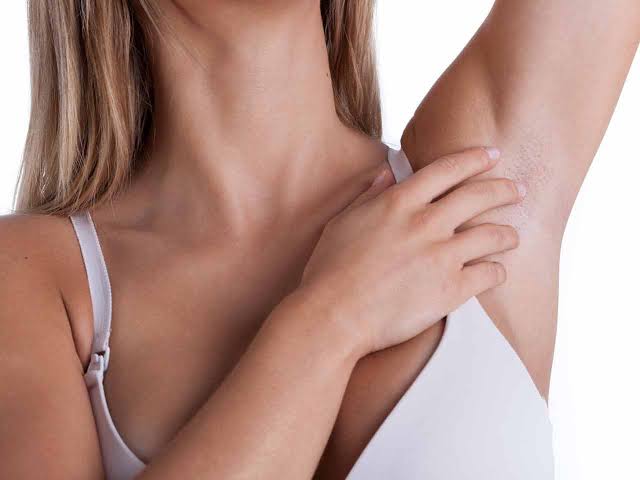October is the breast cancer awareness month. The Breast Cancer Awareness Month, marked in countries across the world every October, helps to increase attention and support for the awareness, early detection and treatment as well as palliative care of this disease.
According to WHO, currently there is not sufficient knowledge on the causes of breast cancer, therefore, early detection of the disease remains the cornerstone of breast cancer control. When breast cancer is detected early, and if adequate diagnosis and treatment are available, there is a good chance that breast cancer can be cured. If detected late, however, curative treatment is often no longer an option. In such cases, palliative care to relief the suffering of patients and their families is needed.
What are the signs and symptoms of breast cancer?
Some of the signs and symptoms of breast cancer include:
- a change in size or shape
- a lump or area that feels thicker than the rest of the breast
- a change in skin texture such as puckering or dimpling (like the skin of an orange)
- redness or rash on the skin and/or around the nipple
- your nipple has become pulled in or looks different, for example changed its position or shape
- liquid that comes from the nipple without squeezing
- pain in your breast or your armpit that’s there all or almost all of the time
- a swelling in your armpit or around your collarbone
ALSO READ: DIY Wednesday: Use Guava Leaves To Get Thick, Long And Healthy Hair
How Should A Breast Self-Exam Be Performed?
1) In the Shower
Using the pads of your fingers, move around your entire breast in a circular pattern moving from the outside to the center, checking the entire breast and armpit area. Check both breasts each month feeling for any lump, thickening, or hardened knot. Notice any changes and get lumps evaluated by your healthcare provider.
2) In Front of a Mirror
Visually inspect your breasts with your arms at your sides. Next, raise your arms high overhead.
Look for any changes in the contour, any swelling, or dimpling of the skin, or changes in the nipples. Next, rest your palms on your hips and press firmly to flex your chest muscles. Left and right breasts will not exactly match—few women’s breasts do, so look for any dimpling, puckering, or changes, particularly on one side.
3) Lying Down
When lying down, the breast tissue spreads out evenly along the chest wall. Place a pillow under your right shoulder and your right arm behind your head. Using your left hand, move the pads of your fingers around your right breast gently in small circular motions covering the entire breast area and armpit.Use light, medium, and firm pressure. Squeeze the nipple; check for discharge and lumps. Repeat these steps for your left breast.
Some people think that having breast cancer will cause other symptoms apart from a breast change, such as feeling tired, having less energy or weight loss, but this is not the case. If you notice a change, even if you feel well, it’s important to visit your GP/ doctor.
/





















